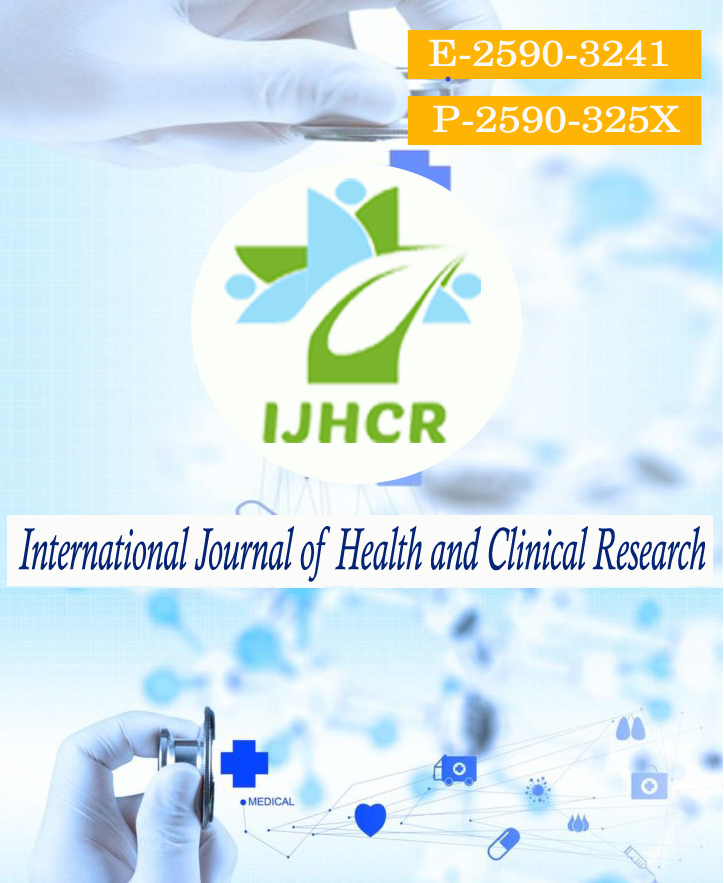Evaluation of Ponseti technique for the management of congenital talipes equinovarus
Keywords:
Congenital Talipes Equinovarus; Clubfoot; Ponseti Technique; Pirani ScoreAbstract
Background: Congenital talipes equinovarus (CTEV), also known as Clubfoot, is a complicated congenital malformation of the foot that, if left untreated, can limit a person's mobility by making walking difficult and painful. Low- and middle-income nations account for 80% of children born with clubfoot. Objectives: Present study was planned with objective to evaluate the functional outcomes of congenital talipes equinovarus management by the Ponseti technique. Materials and Methods: All clubfoot patients above the age of 12 months who had normal hips and spines and gave their consent to participate were included in the study. The study excluded patients over the age of 12 months who had previously undergone other surgeries and had linked neurological problems, spine, or hip concerns. The conventional approach described by Ponseti was followed, with the exception that percutaneous tenotomy of the tendo Achilles was performed when necessary. The Pirani score was employed in the evaluation. Results: 17 individuals with 28 feet of congenital idiopathic clubfoot were treated using the Ponseti technique. In our study, the mean initial Pirani score at the time of case presentation was 6.29 and was 0.66 at the final follow-up. The difference between starting treatment within two weeks versus starting treatment after two weeks was shown to be statistically insignificant. Relapse of the deformity occurred in 4 foot (14.29%). Conclusion: The Ponseti technique is a very safe, efficient, and cost-effective way to treat clubfoot in a developing country like India, where resources are scarce and the referral system is inadequate.
Downloads
Published
How to Cite
Issue
Section
License
Copyright (c) 2022 Unnati S. Asari, Ashish H. Kharadi, Pankaj Rathod, Preeti A Shah, Shalin Brambhatt

This work is licensed under a Creative Commons Attribution 4.0 International License.






 All articles published in International Journal of Health and Clinical Research are licensed under a
All articles published in International Journal of Health and Clinical Research are licensed under a 